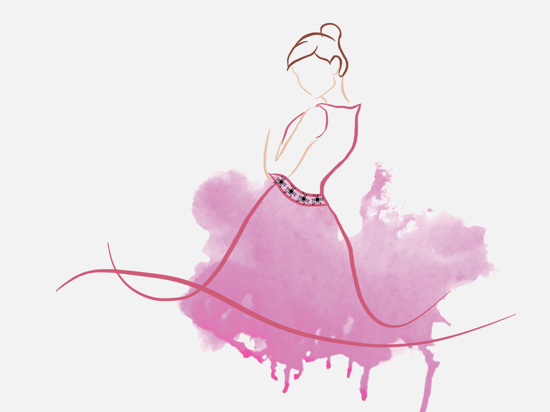What are the effects of new technological innovations in the fashion industry, and are they already making way in our current fashion?

In this cold weather, you’ve worn layer upon layer of clothes yet still feel cold. Adding another coat to your pile doesn’t seem like a good idea, but freeze in the cold no more. Technological development has provided a gateway for fashion to infuse different devices into clothing. Which means attires and fabrics will now contain the ability to “adapt to temperature changes or store energy like a battery”. Although the concept of wearable tech is in its early stages, consumers have received it positively, and now designers and mass retailers are more encouraged to place wearable technology into their garments.
A decade ago, fashion designers initially denied the concept of having to combine technology with clothes. But they are now more open to the idea, seeing as the benefits of wearable technology are immense for any individual: heightens personal safety, keeps track of health, while also being connected to different devices. As a result, the production of clothes that contain certain technologies has increased as of late. Fashion designers are now collaborating with electrical engineers to produce clothes that are instilled with technology. Therefore indicating a new era of fashion and the way that clothes are created; rushing us into the fourth industrial revolution.
According to Kate Abnett, “a fourth industrial revolution – powered by a constellation of innovations across the physical, digital, and biological worlds, from 3D printing to artificial intelligence to advances in biomaterials – is driving a new wave of change in the economy” (Abnett, 2016). The issue with industrial revolutions is not only about new production, but also about the creation of new methods. In the case of fashion, that new method comes in the form of materials science and new manufacturing techniques.
Developments like biological design research (the adaptation of living cells to their environment), smart materials (reactive materials), and digital fabrication (machinery altering a digital design into an item) allowed designers and mass retailers to be able to alter the garments according to their own requirements. One can view it as a new type of invention, in which computing will be implanted within the fabrics that operate on a different scale (Helms et al., 2009). Accordingly, new materials like Shrilk (made from proteins of milk and unwanted shrimp shells), and Qmilch (thread made of sour milk), are also new developments in the industry that signify the importance of technological innovation.
One innovative Emirati abaya designer, Manal al-Hammadi already had a headstart on infusing technology into garments; producing a solar-power abaya, which is a part of her main line of abayas. The abaya is embedded with solar cells that generate power strong enough to charge mobiles. This product marks a milestone for the local fashion industry in Dubai, and certainly sets the bar for other fashion designers that will aspire to follow in Al-Hammadi’s footsteps.
Another well-known retailer, Levi Strauss & Co., has ventured into the production of cutting-edge wearable technology. The Levi’s Commuter x Jacquard by Google trucker jacket is designed to access phones and listen to music while cycling, which caters to the specific wants of the target consumer.
It is a new way of interpreting the combination of technological design and fashion. The fourth industrial revolution solves recent occurring problems, such as the shortage of materials like leather and cashmere. All things considered, the industrial revolution has broken borders and is certainly taking the lead for change into the global economy.
References:
H., A., & S. V. (2009). Biologically Inspired Design: Process and Products (10th ed., Vol. 30). Atlanta, Georgia: School of Interactive Computing
http://www.levistrauss.com/unzipped-blog/2016/08/levi-strauss-co-s-role-in-fashions-fourth-industrial-revolution/
http://www.lowtechmagazine.com/2014/03/how-sustainable-is-digital-fabrication.html
http://www.bbc.co.uk/schools/gcsebitesize/design/resistantmaterials/materialsmaterialsrev5.shtml
http://www.wired.co.uk/article/digital-fabrication
http://www.huffingtonpost.com/jonha-revesencio/exploring-the-benefits-of_b_7910662.html



